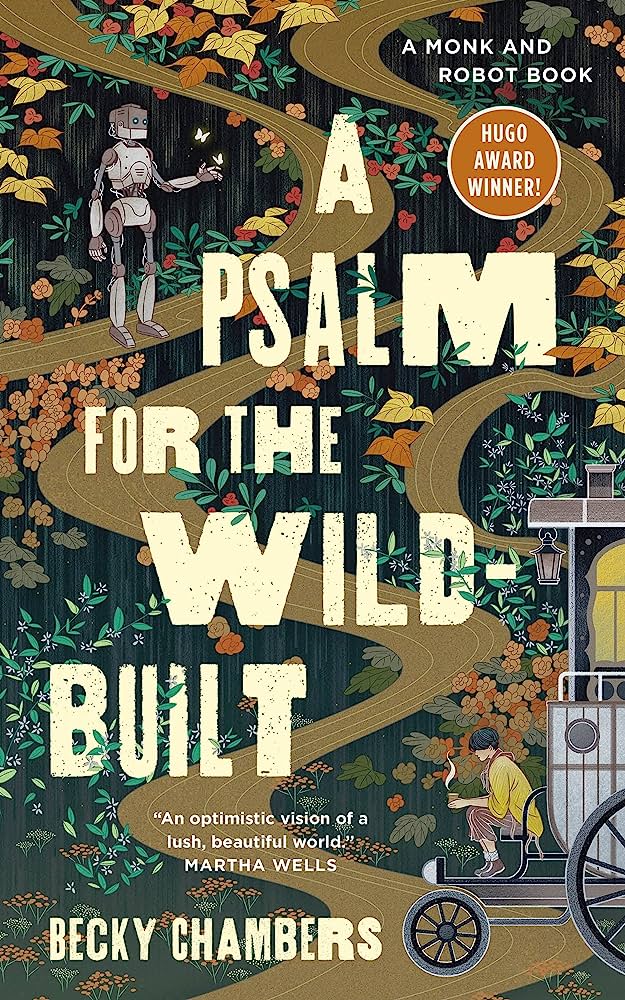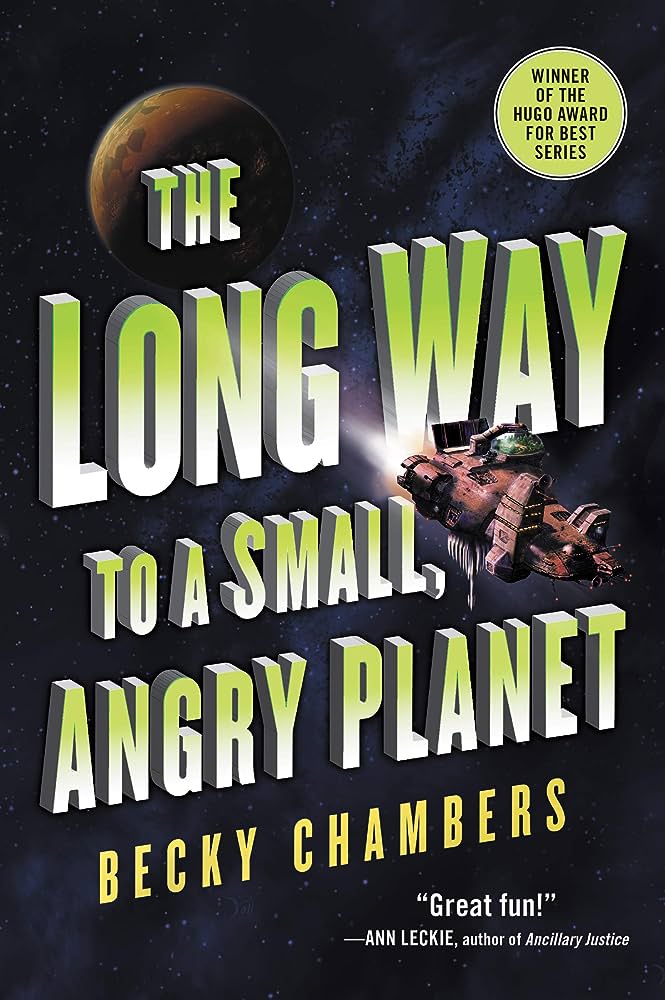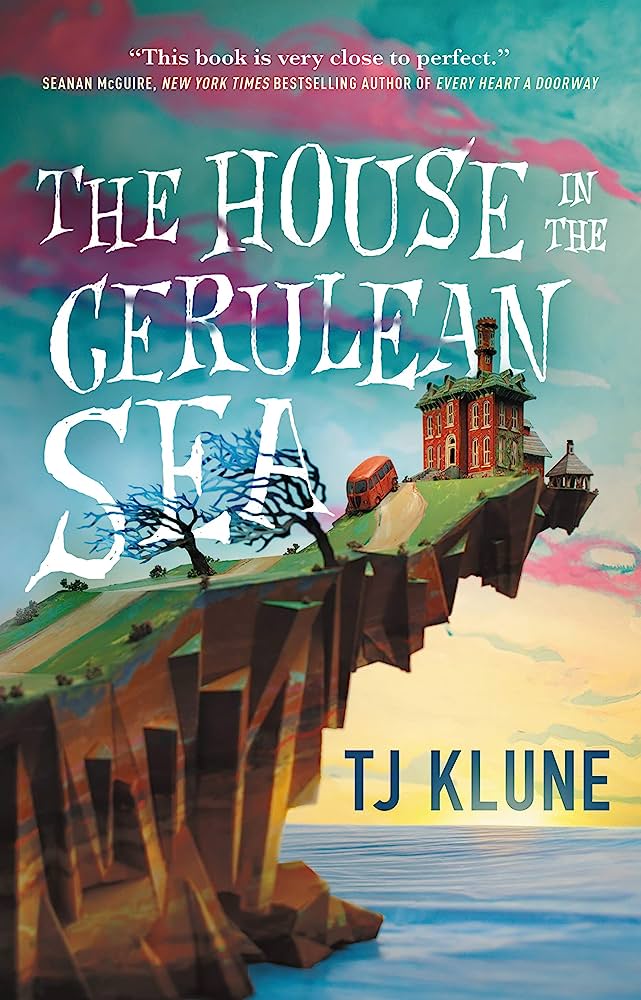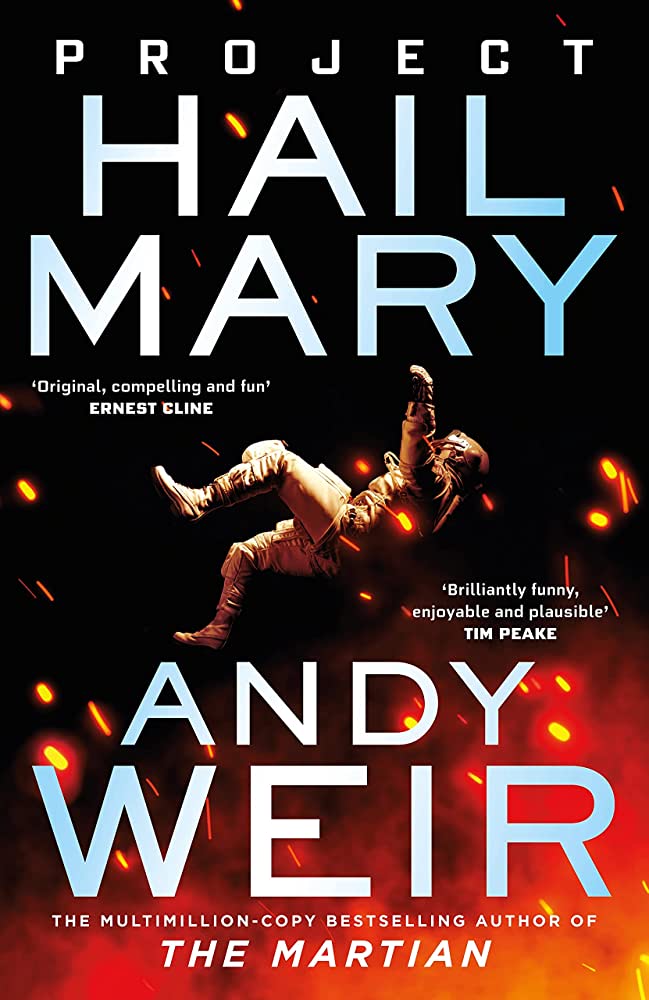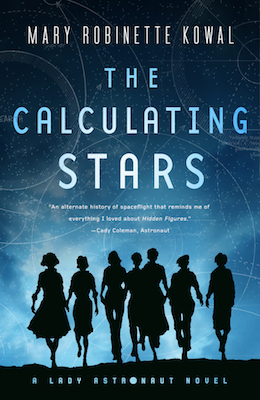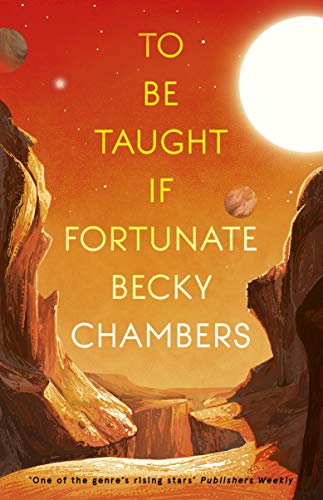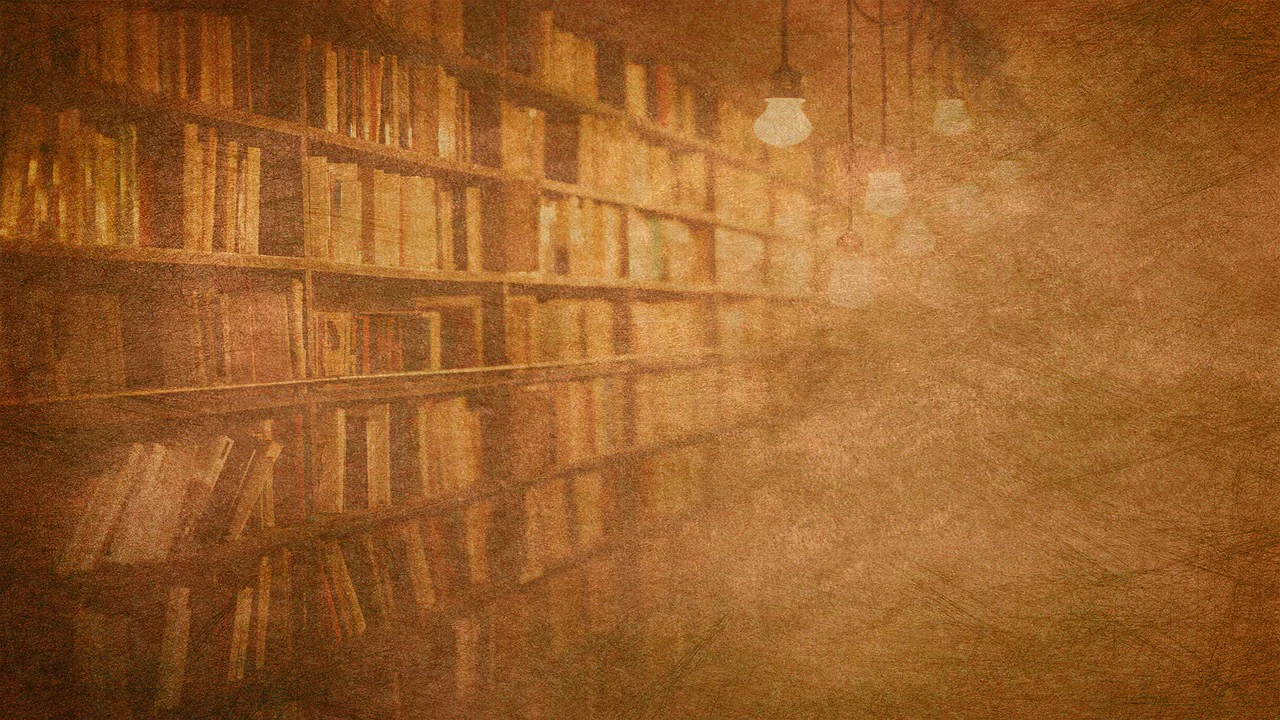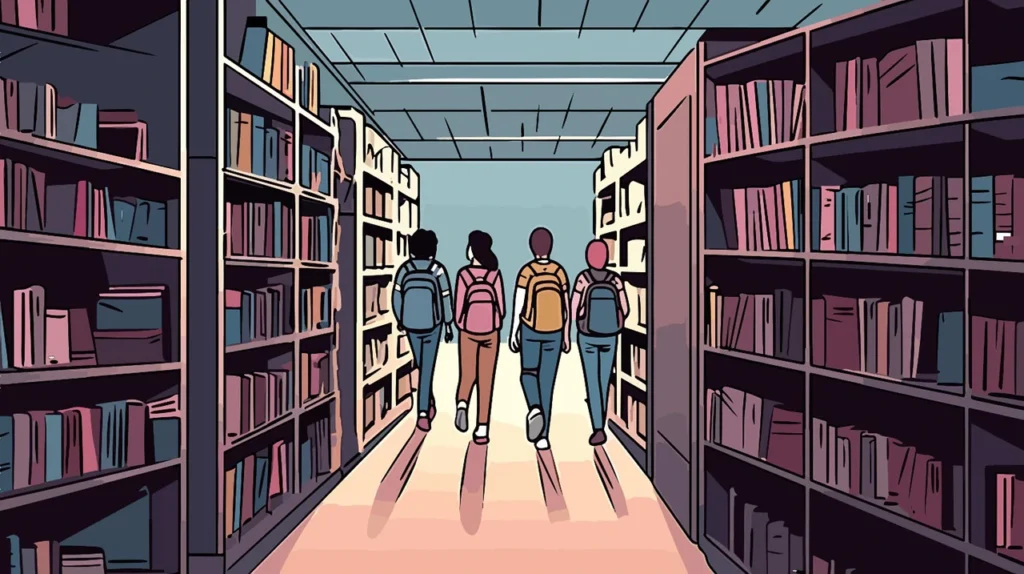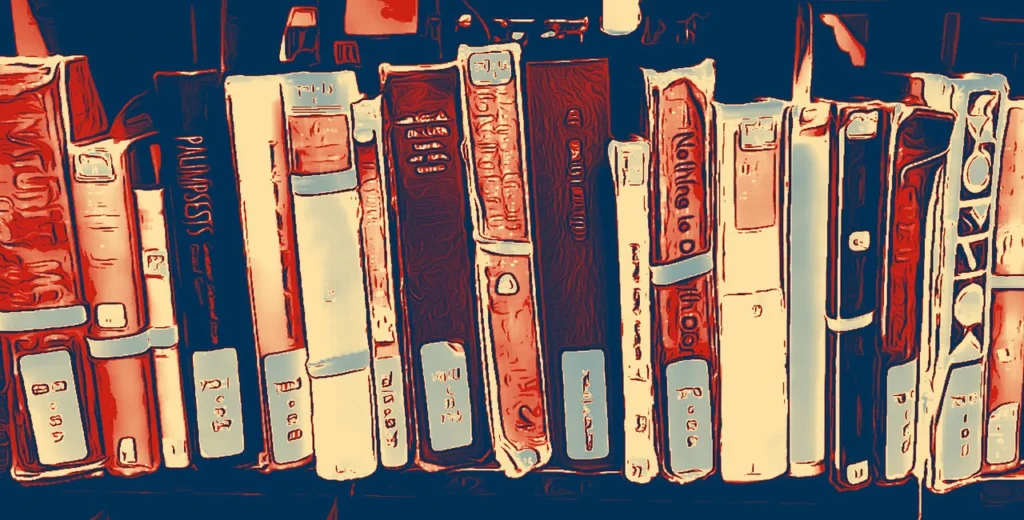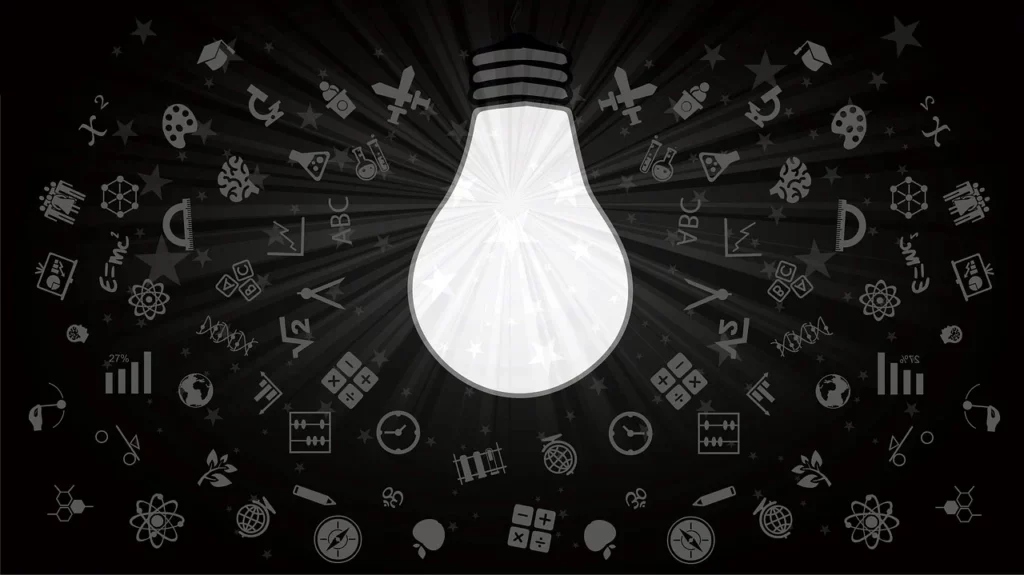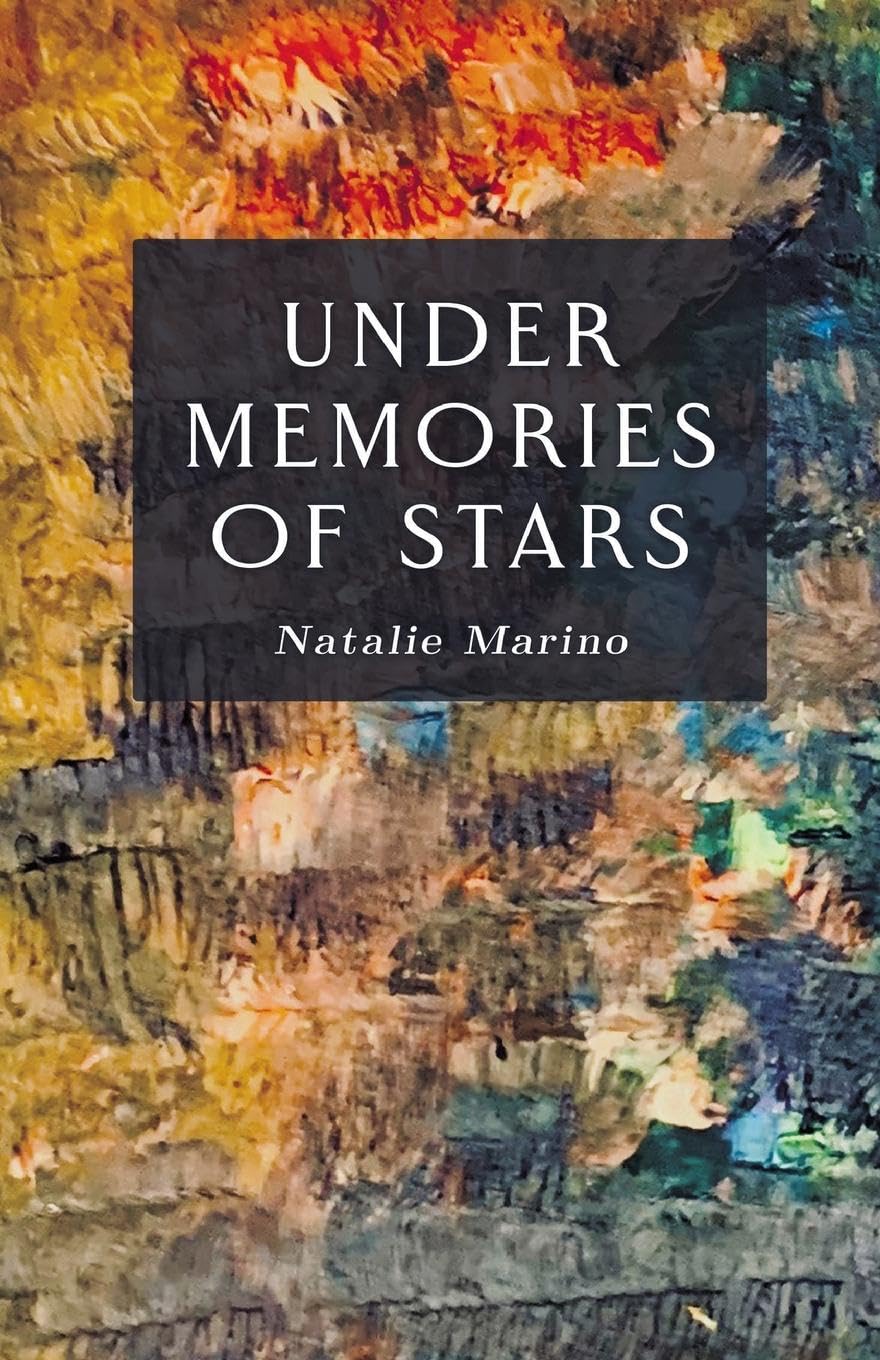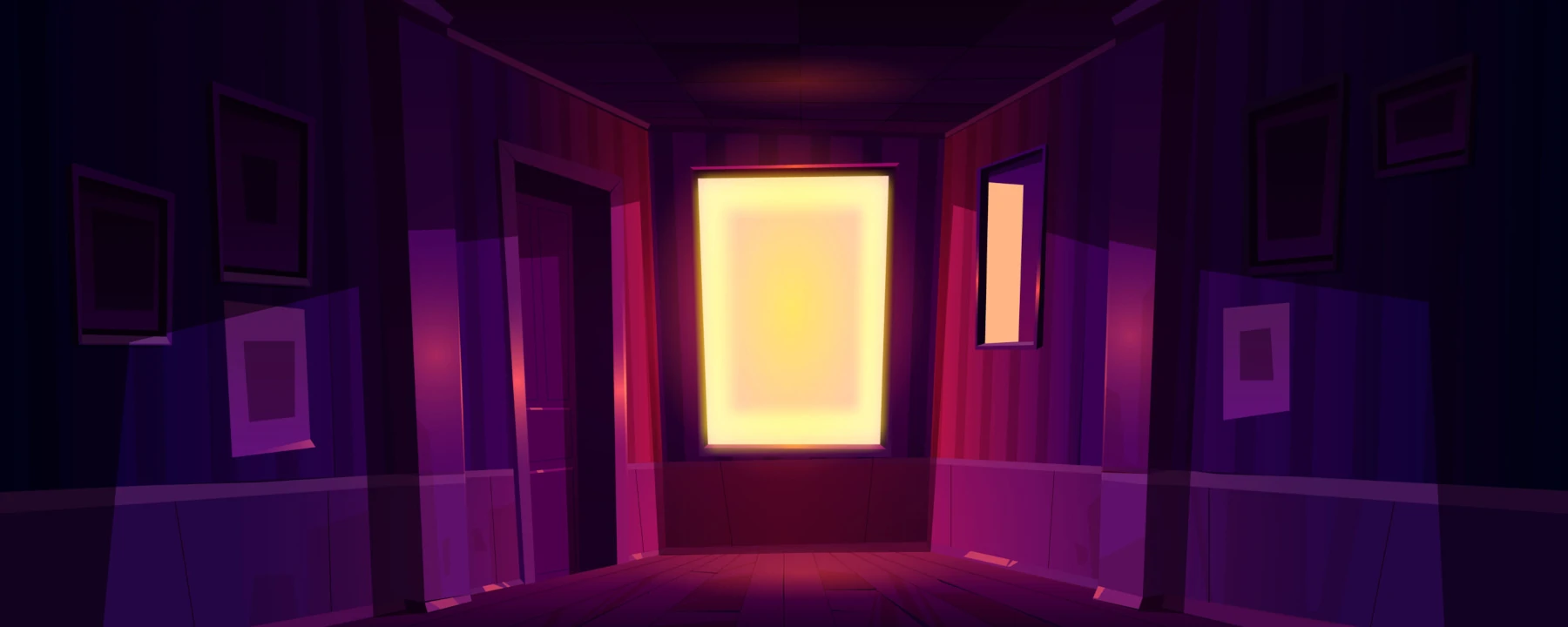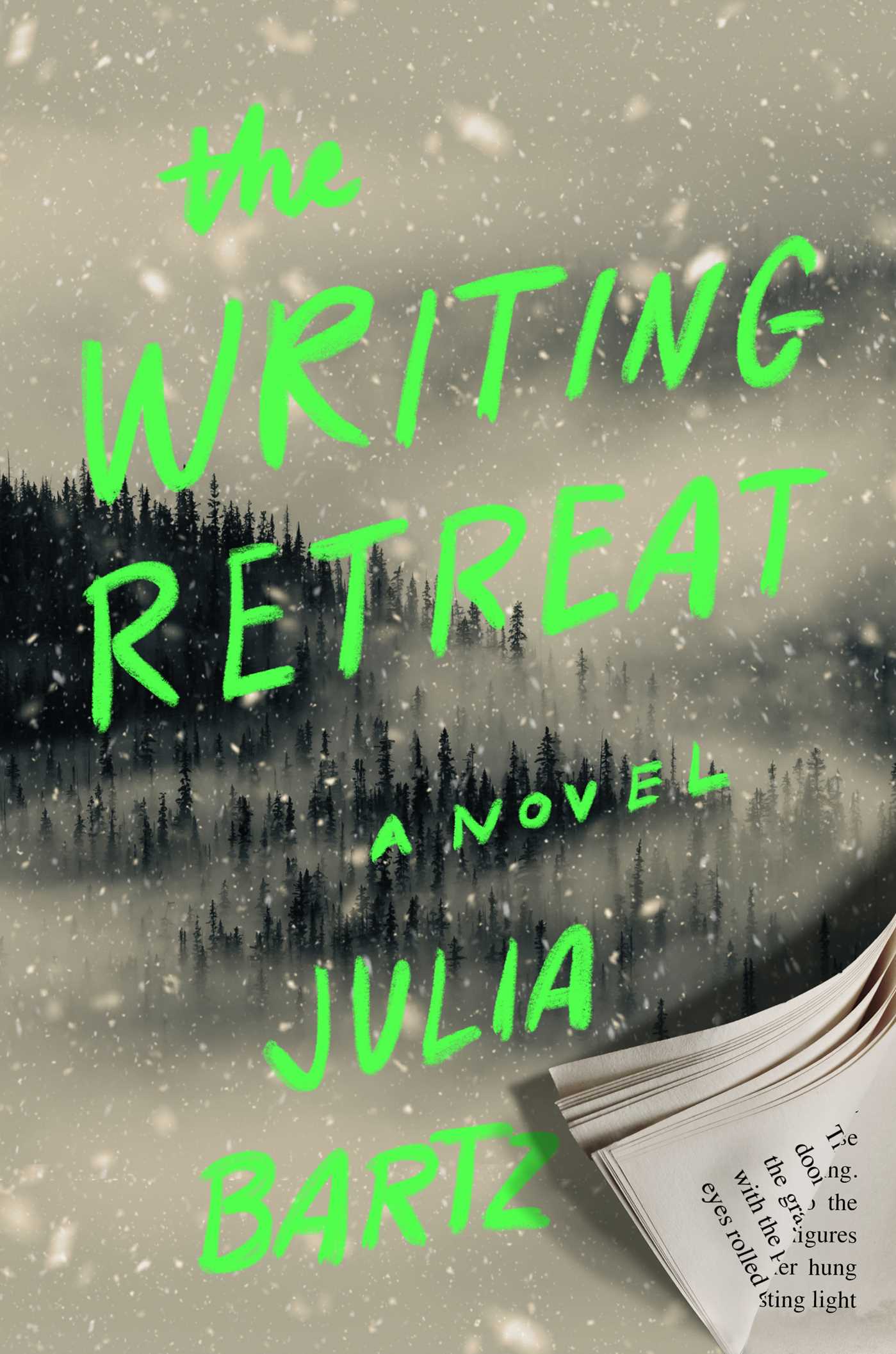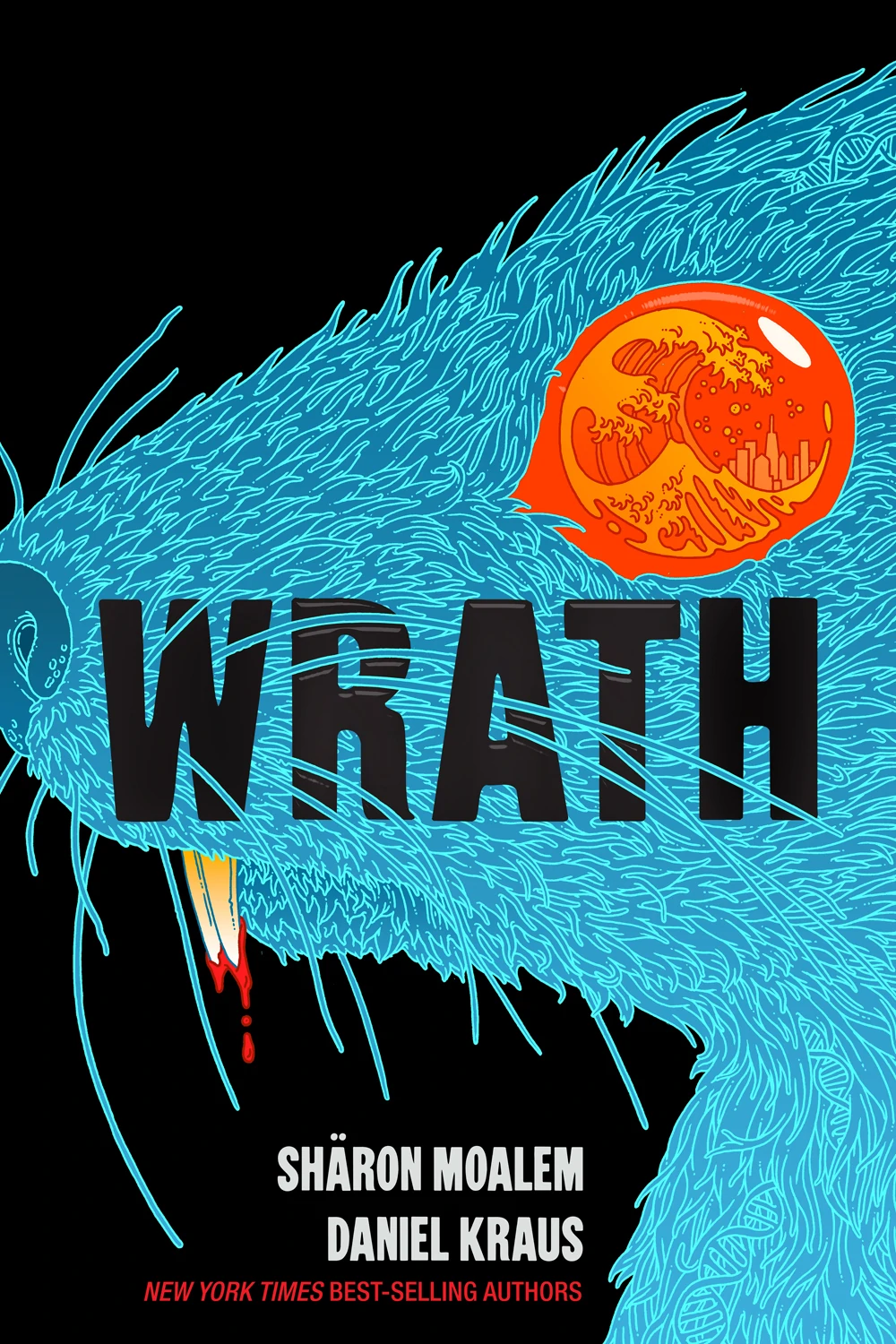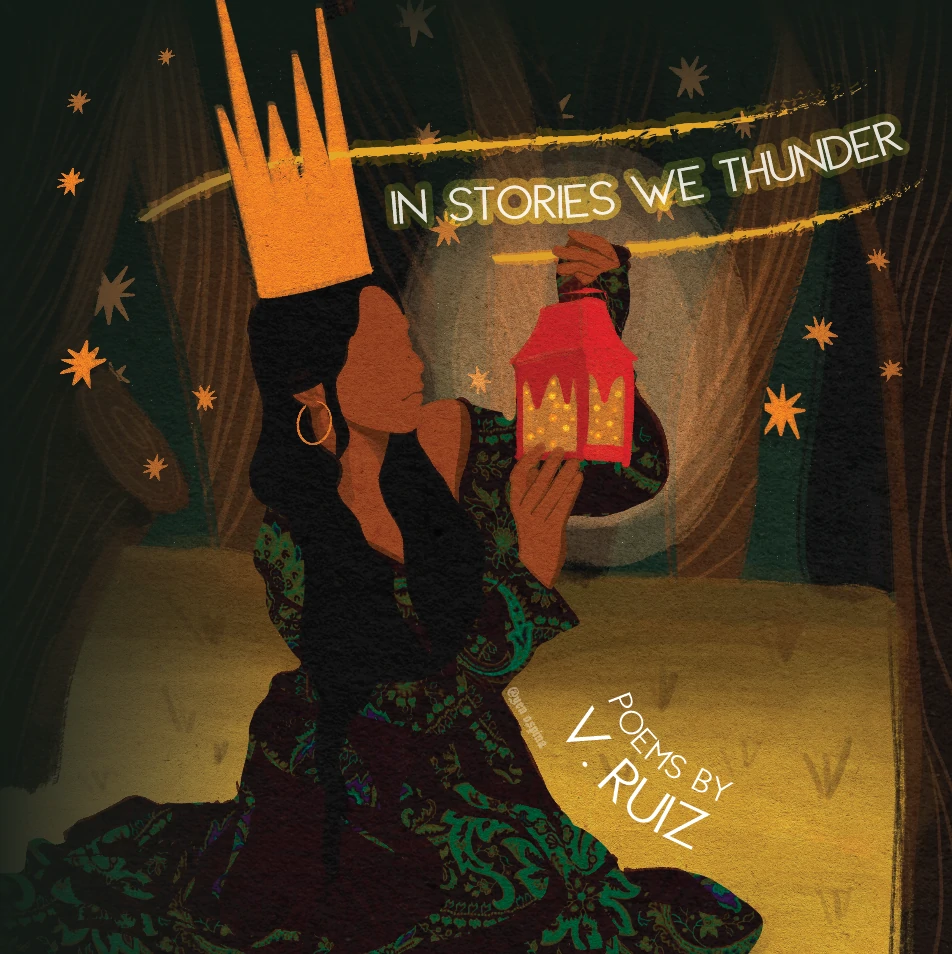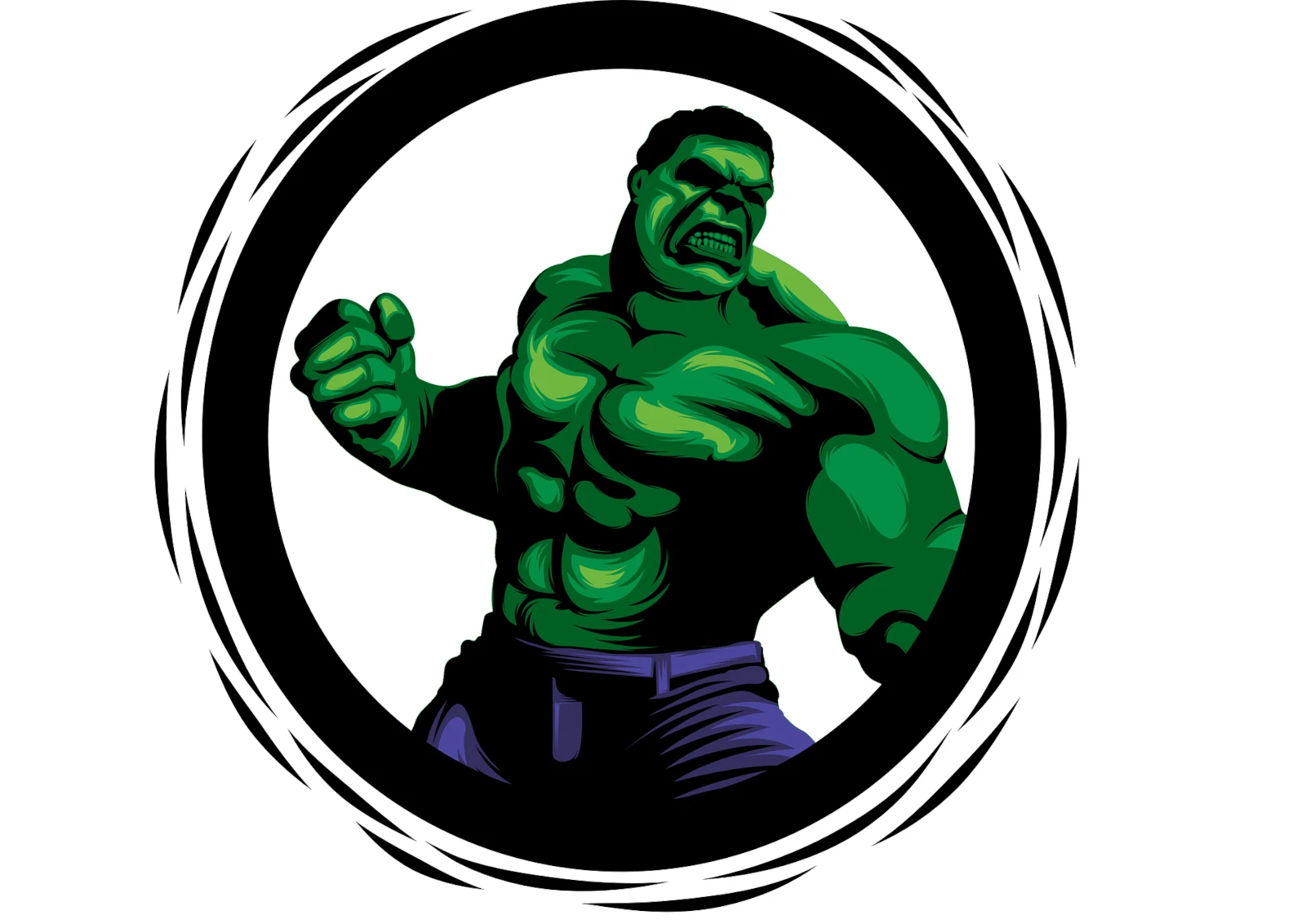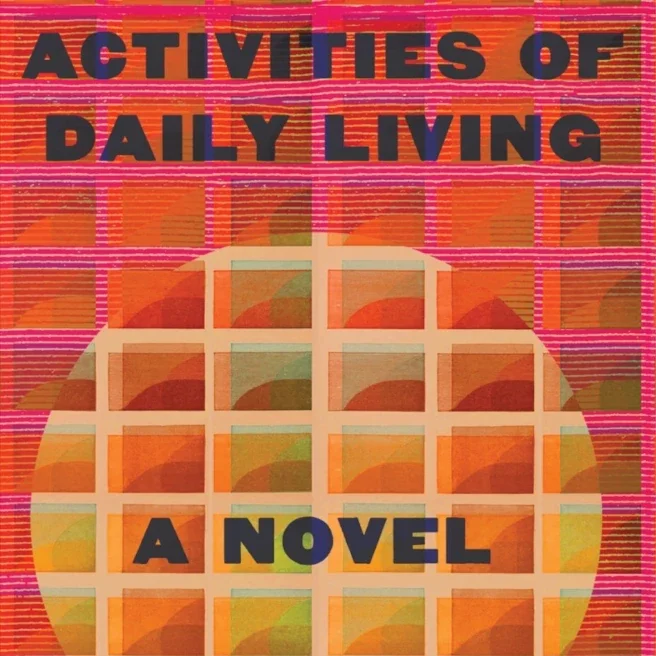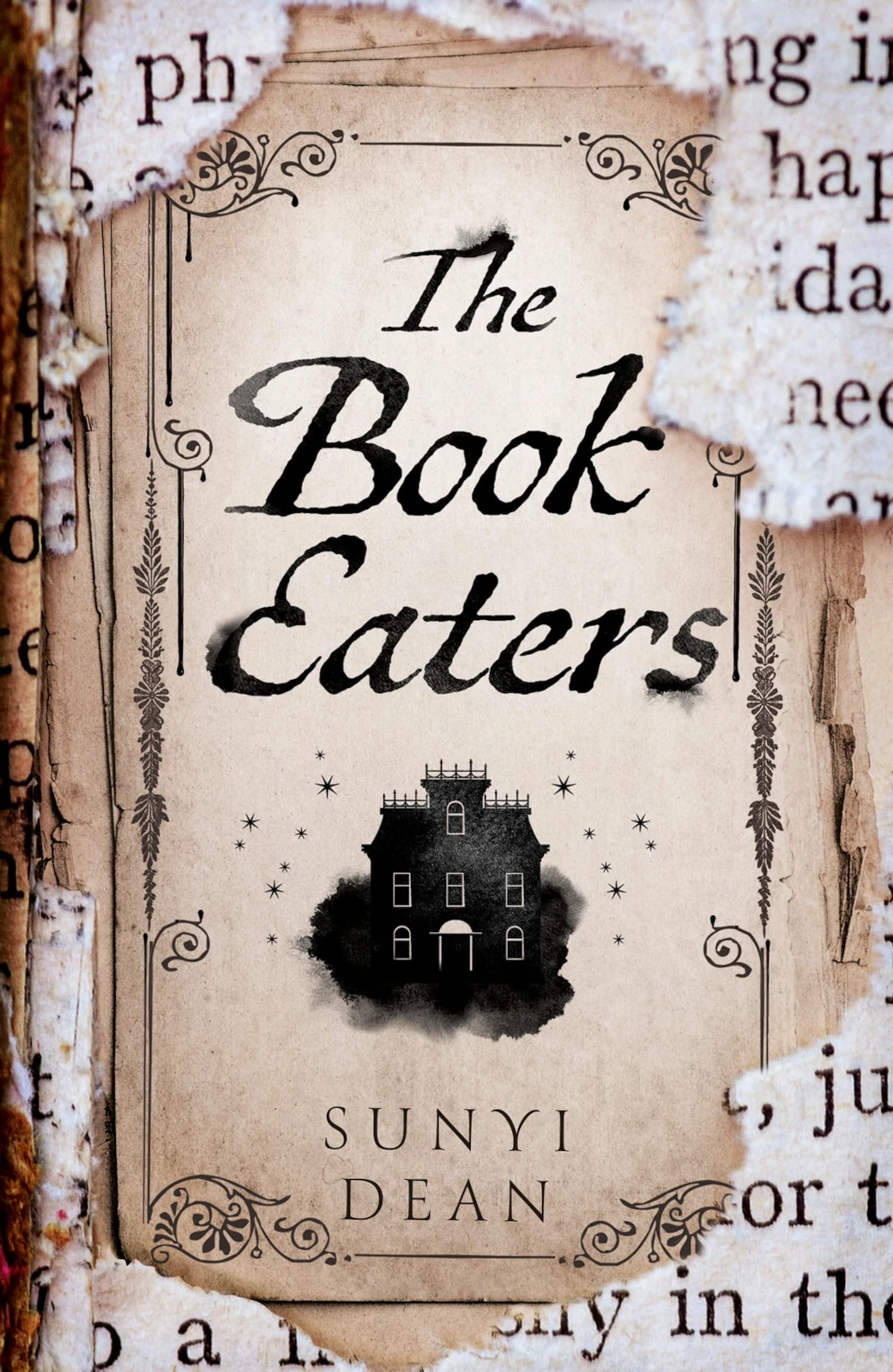
An Interview with Sunyi Dean
The Book Eaters explores the lives and world of people who, well… they literally eat books to survive. A rare breed of people indeed! Where did the concept for The Book Eaters come from?
I want to give a fancy answer but the truthful answer is that Book Eaters was written during a time when I was extremely exhausted and more than a little burnt out. In essence, it’s a story which only made sense when I was quite sleep deprived, and which I somehow finished even though it was more or less total chaos.
Later, when I was feeling better, I had to somehow edit that mess into a narrative that made sense, and even then, my editor had to swoop in after acquiring the book to help me hammer it into better shape!
Your book takes advantage of two timelines: exploring Devon’s childhood and her present-day dilemmas. How did you decide to tell the story by jumping back and forth rather than a linear approach? Did the early drafts do this as well?
It was something I decided on very early! I build my novels around a structure I call “reader’s journey”, which is a sort of spin on hero’s journey. In short, rather than focusing on the journey that the protagonist undergoes, it focuses on the reader’s experience of their story, and prioritizes dramatic information reveals in structure.
In thriller novels, nonlinear or dual timeline narratives are fairly common for this reason: the center around controlling what information the reader has access to, in order to constantly subvert what the reader thinks they know about the plot, world, and characters.
The Book Eaters mixes genres from fantasy, to horror, to thriller, to fairy tale, to literary. What pushed you to blend these genres together? What were some books that inspired you to do so, if any?
I would probably just class it as speculative fiction! Fantasy is defined only by setting elements, so any kind of plot structure can fit inside it.
All that said, I love spec fic books with a thriller structure particularly, so The Library at Mount Char by Scott Hawkins, Annihilation by Jeff Vandermeer, The First Fifteen Lives of Harry August by Claire North, and The Echo Wife by Sarah Gailey were big influences.
You’ve opened up before about being a mother and a neurodivergent writer. How much of yourself do you put into your novels? What advice do you have for diverse writers?
I try to put in whatever I can—anything of myself that I think will be relevant or interesting to readers. I know that’s a vague answer, sorry!
Advice wise, I’m always cautious handing that out, but among the autistic writing community, I often see folks worried that their writing will be too “weird” or unusual for commercial tastes. I understand that fear, because it’s protective in a way; it gives us a psychological “out” when rejections roll in.
But that mentality also is an insidious form of self-rejection, and can nurture a sense of bitterness—neither of which are good for authors in the long term. Don’t worry about being weird! Write what you enjoy, but with your practical hat on, and it’ll be fine.
You currently have a podcast, Publishing Rodeo, where you share insights on publishing and writing. What would you like to share with aspiring writers who are considering traditional publication right now?
I would be upfront with them that trade publishing is a very tiered industry. By tiered, I mean that authors are generally acquired in certain advance brackets, which in turn largely determine the marketing and support their books get, which in turn tend to define how well the book sells on launch. There’s some variation in those equations, but by and large, advance size is linked to sales, and that aspect—which define your career—is not only decided early on behind closed doors, but is almost entirely out of your control.
Please do check us out if you get the chance! We don’t do the podcast for money or to build platform, but just to offer up free resources and information (lots of links on the website, and lots of show notes for every episode!) We go heavy on the facts, details, and stark realities—good, bad, and everything in between.
What have been some of the surprising differences or similarities of your book coming out in multiple countries/markets (i.e. the UK and US editions of The Book Eaters)?
I wrote TBE for the UK market, even though it is a smaller market than the USA, and put in things that I thought UK folk would appreciate. I was surprised and pleased to get an American publisher as well, but in hindsight there were sections that left Americans confused, which could perhaps have been explained, if I’d thought about it more. For example, at one point Devon interacts with someone who speaks Polish, which doesn’t need an explanation for UK readers, but some Americans didn’t understand why there would be so many EU immigrants in the UK and thought it was bizarre.
On the flip side, the American copy edits changed a lot of UK terms, and I regret not keeping more of them (all of them?) as written. UK readers did pick up on those changes, and I’m afraid I now look very foolish / very Americanized to some folks as a result!
Tell us more about your next novel, working title: Sea Sister (out 2024!)!
Tentative title keeps changing but I think at the moment we are using The Night We Drown (check back in a few weeks though, and it may yet be different again…! Argh!)
The next book is a “Chinese gothic” historical fantasy, set in Hong Kong. The narrative appears to follow two women: the first is a triad-employed exorcist living and working in Kowloon Walled City, circa 1965. The second is a young lady who moves to a ghost-infested island in 1942, where she hopes to hide from the Japanese invasion. Neither story is what it appears, and the links between these tales gradually reveal themselves as the novel progresses.
What book(s) do you want people to be aware of this coming year and why?
I have read advanced reader copies of quite a few books this year! Some I’d recommend:
- The West Passage, a weird absurdist fantasy by Jared Pechaček;
- The Surviving Sky, a science-fantasy novel by Kritika H. Rao;
- The Night Guest, a wonderful surreal horror-novella by Hildur Knútsdóttir
- Ascension, a brilliant sci-fi-thriller by Nick Binge.
